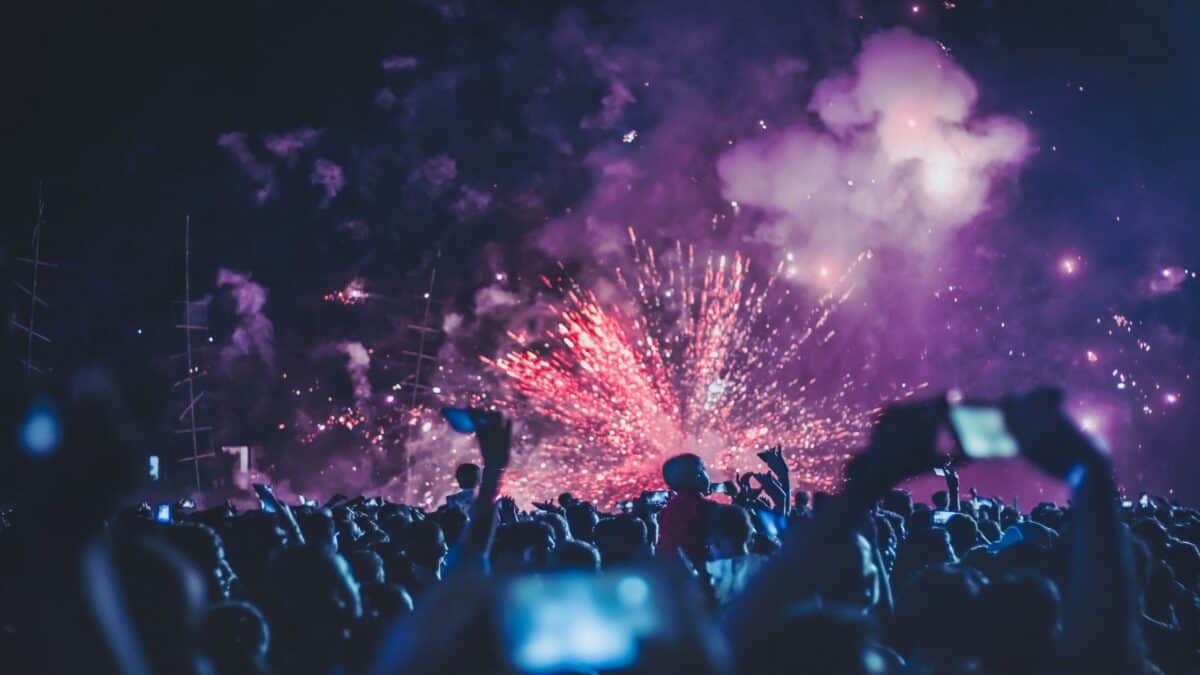More than 30 million Americans live with hearing loss. That’s a huge percentage! What is concerning is the lack of attention to tend to give toward treating hearing loss. The average person waits a decade before deciding to treat their hearing loss with proven interventions like hearing aids.
This is in part because of our cultural attitudes surrounding the phenomenon of hearing loss. While a majority of people in this country have undergone eye exams within the last five years, only two in ten have had their hearing checked according to a recent survey by the American Speech-Language-Hearing Association.
Who has hearing loss?
While age is the greatest predictor of hearing loss due to the fact that the natural aging process has detrimental effects on our sense of hearing, anyone at any age can experience hearing loss. This is especially true when it comes to noise-induced hearing loss. In fact, the World Health Organization issued a warning about the rise of the condition in young people.
What is noise-induced hearing loss?
Just like aging, exposure to excessive noise can damage fine cells of the inner ear that receive sound from the external world. They turn this sound into electrical impulses, sound information, that are then transferred to the brain via the auditory nerve. In the brain’s processing centers, this information is translated into useful things like language, meaning and environment cues about the world around us.
When the fine hair cells are damaged, they do not repair themselves. Instead, we simply have less and thus, less sound information makes its way to the brain. We hear less.
With noise-induced hearing loss, this can happen all at once with an extremely loud episode like an accident or explosion. It can also happen slowly and over time. It is an irreversible condition and as a progressive condition, often gets worse over time.
Symptoms of hearing loss
We tend to lose hearing in frequencies rather than in overall volume. So, sound can seem distorted or muffled. It might sound like everyone is mumbling. High frequencies are typically the first to go and one major indicator of hearing loss is trouble with speech clarity.
You may notice that you say ‘what?’ much more often than before, find verbal conversation exhausting and frustrating and become more reliant on closed captions in order to ‘hear’ the dialogue in television shows and films.
Which volumes are risky?
Any noises under 85 decibels (the unit of measurement for sound) are considered safe for your ears. For context, human conversation comes in at about 60 or 65 decibels. A busy traffic pattern might reach 85 to 90 decibels. A busy restaurant can be as loud as 95 decibels.
When volumes exceed 85 decibels, we want to limit our exposure time so that our hearing isn’t at risk. The window of safety for 90+ decibels is two hour. 100+ decibels is 15 minutes and 120+ decibels is just a few minutes.
Everyday sounds that harm hearing
It might surprise you to know that activities you probably have participated in carry hearing health risks. Stadiums are notoriously loud, up to 130 decibels in the high range and averaging 100+ often. As a culture, we don’t consider them hearing risks and so few people think to protect their hearing by minimizing their exposure or using hearing protection. Concerts are another 100+ decibel event and often last for two hours, well beyond safe exposure time.
Ways to protect your hearing
The good news is that it’s quite simple to take steps to protect your hearing. You can invest in custom hearing protection that lowers your risk level every time you employ them. Even foam ear plugs, available at most music venues, can help to buffer the dangerous decibels.
The latest most recognizable danger to our ears is ear buds, especially in young people. At maximum volume, you can expect sounds up to 110 decibels. To protect yourself, never crank the volume up that high. Practice safe listening habits like maintaining volumes at 50 percent and never exceeding two-thirds of maximum.
Schedule a hearing consultation
If you think that you have noise-induced hearing loss, schedule a hearing consultation. We can lead you through a quick and easy hearing test to determine if you are living with hearing loss. From there, we’ll evaluate your candidacy for hearing aids or other intervention. Together, we can prioritize your hearing health and create a plan for your best possible hearing experience.

